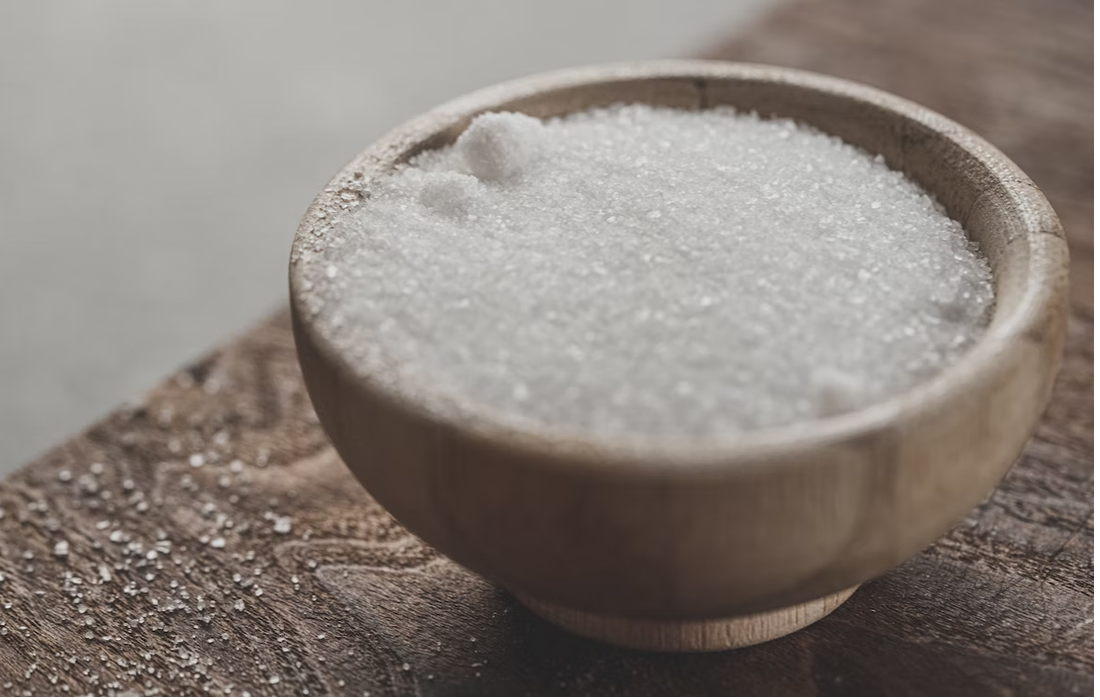Nutrition and Supplements
A New Sugar Substitute Could Improve Gut Microbiome
The Food and Agriculture Organization of the United Nations (FAO) and the World Health Organization (WHO) describe carbohydrates as a major source of energy provided in the human diet, accounting for between 40 and 80% of the total energy requirements.
On the other hand, there is a growing concern about the global rise in diet-related health issues caused by excessive consumption of nutrients (mainly free sugars and fats), leading to imbalanced energy homeostasis and, consequently, the development of many diseases.Among the health benefits of dietary fibers, laxation, improvement of blood lipids, blood glucose regulation or mineral absorption, and the modulation of the immune system and satiety have long been appreciated.
However, within the dietary fiber classification, certain nondigestible carbohydrates have attracted particular interest from the food industry as they play a positive effect on health such as prebiotics. Prebiotic is defined as a substrate that is selectively utilized by host microorganisms conferring a health benefit. Galactooligosaccharides (GOS) are low-calorie sugars with prebiotic activity that can be a source of energy for beneficial gut microbes but they’re not quite sweet enough to replace table sugar
Alternatively, extracts from the luo han guo fruit contain Mogrosides that are 200 to 300 times sweeter than table sugar.
Artificial sweeteners have exploded in popularity because they let people consume sweets without the calories. However, while they’re considered safe for human consumption, studies in animals and humans suggest that some of them can stimulate appetite, leading to increased food consumption and weight gain, as well as other negative health outcomes.
The development of new low-calorie sweetener
F. Javier Moreno and colleagues wanted to take advantage of the best aspects of both natural substances, using enzymes to modify mogrosides while simultaneously producing galactooligosaccharides for a brand-new low-calorie sweetener.
The researchers started with lactose and mogroside V (the primary mogroside in luo han guo fruit). When they added β-galactosidase enzymes, the researchers obtained a mixture that contained mostly galactooligosaccharides and a small amount of modified mogrosides. A trained sensory panel reported that the new combination had a sweetness similar to that of sucrose (table sugar), suggesting it could be acceptable to consumers.
In test tube experiments, the new sweetener increased the levels of multiple human gut microbes that are beneficial, including Bifidobacterium and Lactobacillus bacterial species. In addition, increases in bacteria-produced metabolites, such as acetate, propionate and butyrate, indicated that the mixture could potentially have a prebiotic effect on the gut microbiome.
The results may pave the way for the development of new low-calorie sweeteners with beneficial effects on the gut microbiota, so that will contribute to a better bowel health and may improve symptoms in people with chronic bowel disease as well. However, larger studies are needed.
SOURCE:
Ana Muñoz-Labrador, Rosa Lebrón-Aguilar, Jesús E. Quintanilla-López, Plácido Galindo-Iranzo, Silvana M. Azcarate, Sofia Kolida, Vasiliki Kachrimanidou, Virginia Garcia-Cañas, Lisa Methven, Robert A. Rastall, F. Javier Moreno, Oswaldo Hernandez-Hernandez (July 13 , 2022). Prebiotic Potential of a New Sweetener Based on Galactooligosaccharides and Modified Mogrosides. Journal of Agricultural and Food Chemistry. Retrieved from : https://pubs.acs.org/doi/10.1021/acs.jafc.2c01363
IMAGE:
Photo by Faran Raufi on Unsplash.

